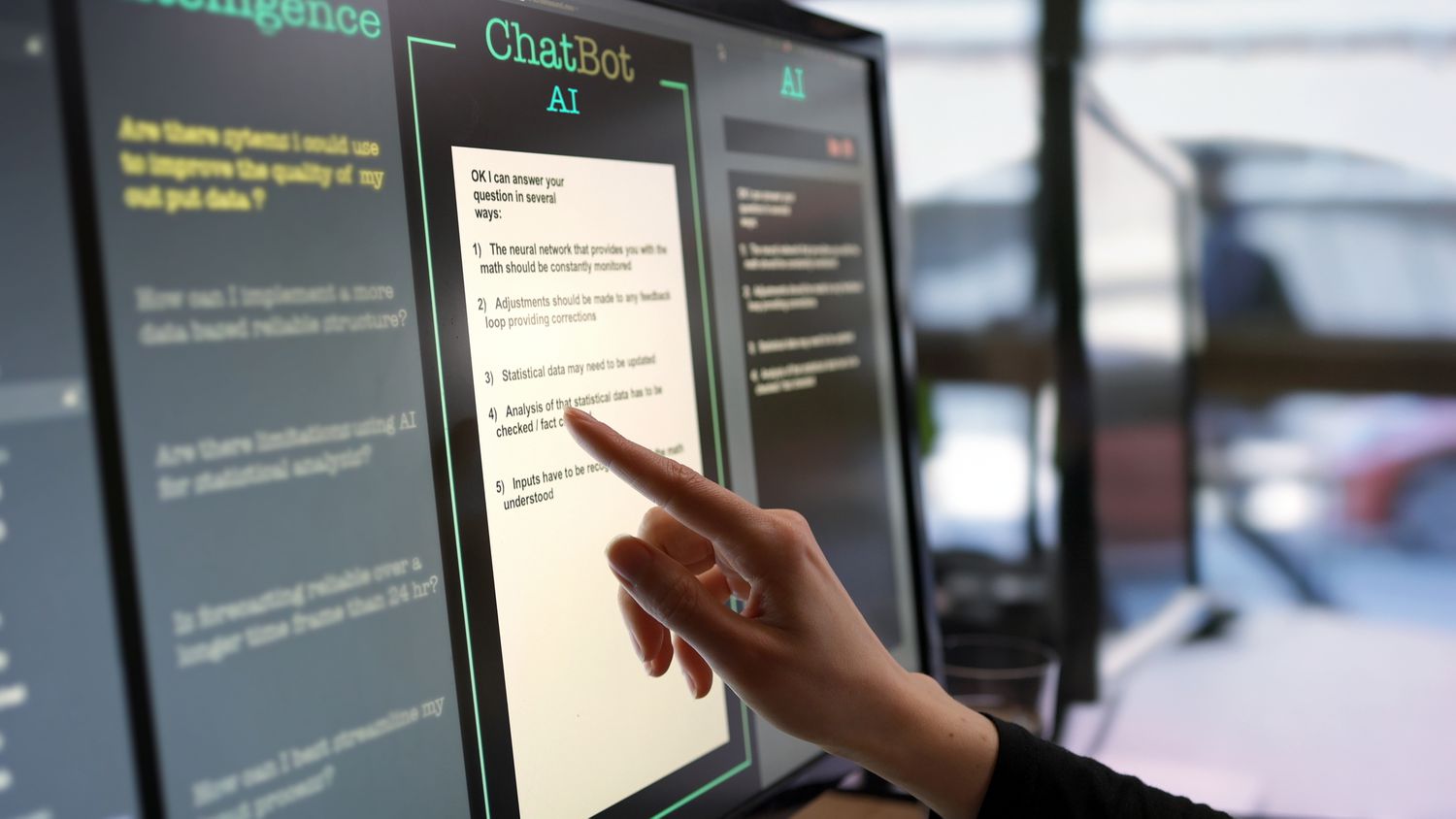Enterprises are increasingly recognizing the potential of AI technology in software development. According to McKinsey, developers can complete certain tasks up to 50% faster with generative AI. However, effectively leveraging AI in software development requires strategic planning and budgeting. Here are some key considerations for enterprises looking to invest in AI-assisted software development:
Key Takeaway
Enterprises must conduct a proof of concept to evaluate the impact of AI adoption on engineering team performance before allocating budget to AI tools.
Carry out a proof of concept
Before allocating budget to AI tools, it is crucial for enterprises to carry out a proof of concept. This involves specifying the areas for improvement within the engineering team, such as code security, velocity, or developer well-being. By using an engineering management platform (EMP) or software engineering intelligence platform (SEIP), enterprises can track the impact of AI adoption on these variables. Metrics such as cycle time, sprint time, failure rates, and developer experience should be monitored to ensure that the adoption of AI is indeed generating tangible value.
It is important to assess outcomes across a variety of tasks and functions, as well as with coders of different skills and job roles. This comprehensive approach allows enterprises to gauge the effectiveness of AI tools in diverse scenarios and ensures that standards are not compromised.

























